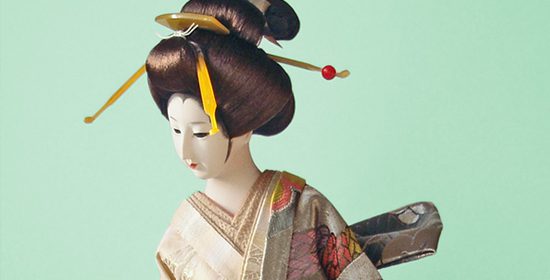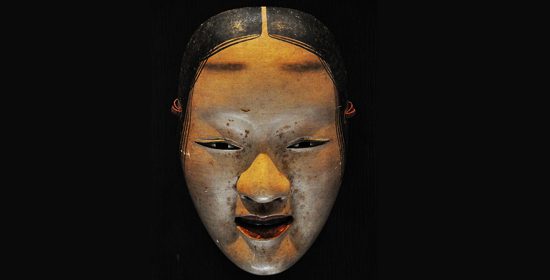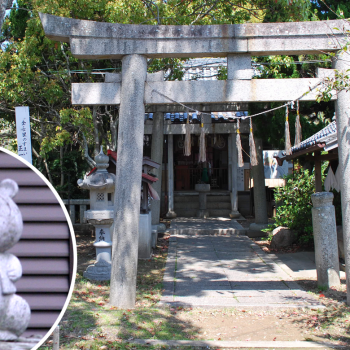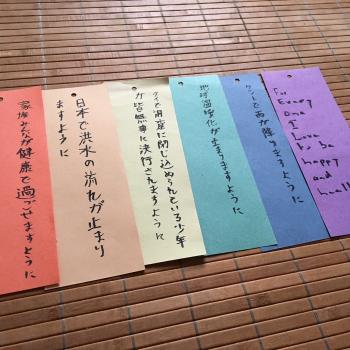You may remember in 2014, various news sources reported on funerals held for AIBO robot dogs in Japan. Since Sony stopped repairing and making spare parts for AIBOs, the dogs have been slowly “dying out.” In response to this, Buddhist priests have been holding funeral services for them.

This may seem pretty strange to anyone outside of Japan. Indeed, a lot of Japanese people find it rather odd as well. Some may even find it rather disturbing that somehow, in treating an artificial human creation as a living thing, we have lost touch with reality and are forgetting what makes living things special.
But treating certain man-made creations with the same respect as natural objects is nothing new in Japan. There’s a whole article on funeral rites for inanimate objects here. Objects that may be disposed of in a ritualistic fashion in Japan have included needles, chopsticks, combs and bladed items – in general, items that people use in a fairly personal, intimate fashion. Other items that may be disposed of more carefully are dolls. Some Japanese are reluctant to throw out dolls as ordinary rubbish because they resemble people, and so it somehow seems cruel to treat them as trash.

There are various reasons for doing this. One is related to the idea of “sympathetic magic” as described in The Golden Bough. There are two types of sympathetic magic. First, there is “homeopathic magic,” in which an object can be connected to another object simply by physically resembling it. This may explain the thinking behind disposing of dolls through ritual means – they look like people, so they must be treated like people. Secondly, there is “contagious magic,” in which two otherwise unrelated objects form a magical connection simply by being in physical contact with each other. In the case of the personal items listed above, they are seen as “contaminated” with that person’s spirit, giving them a supernatural connection with that person. As such a connection can be dangerous, ritual disposal of such objects stops any harm from coming to the former owner.
Finally, the concept of treating items with respect in Japan very likely has a connection with the animistic nature of Shinto. In Shinto, kami can inhabit both natural and man-made objects. In a similar fashion, items that have been carefully hand-crafted, such as traditional masks and swords, are thought to possess, if not something so lofty as kami, a kind of soul or spirit that requires respect. Disposing of such an item in a careless, disrespectful manner can offend the spirit, which may become vengeful; this is the basis for the belief in O-bake – ghosts that often take the form of old, disused objects such as umbrellas or lanterns.

Aside from the appeasement of spirits that may inhibit an object, one may wish to dispose of items in ritual fashion for more symbolic purposes. By holding funeral rites for objects, one is showing respect for that object’s creator, acknowledging that it is a piece of art that has taken time and skill to create. Additionally, one is showing gratitude for the service that the object has given. It’s a way of acknowledging that without the object, your life would have been more difficult and you are thankful for that object’s existence. It demonstrates that you have made an attachment with that object and are reluctant to part with it.
I believe that this way of thinking about man-made objects, rather than disconnecting us from the natural world, can encourage us to protect it. By being grateful to all the objects we use, rather than thoughtlessly throwing them away when they have outlived their usefulness, we step away from the “disposable world” mentality that’s so commonplace these days. Respecting man-made objects reminds us that those objects originally came from nature, and are therefore a valuable resource that must be used carefully and sustainably. This applies to any objects made by man, be it an old needle or a robotic dog.
















